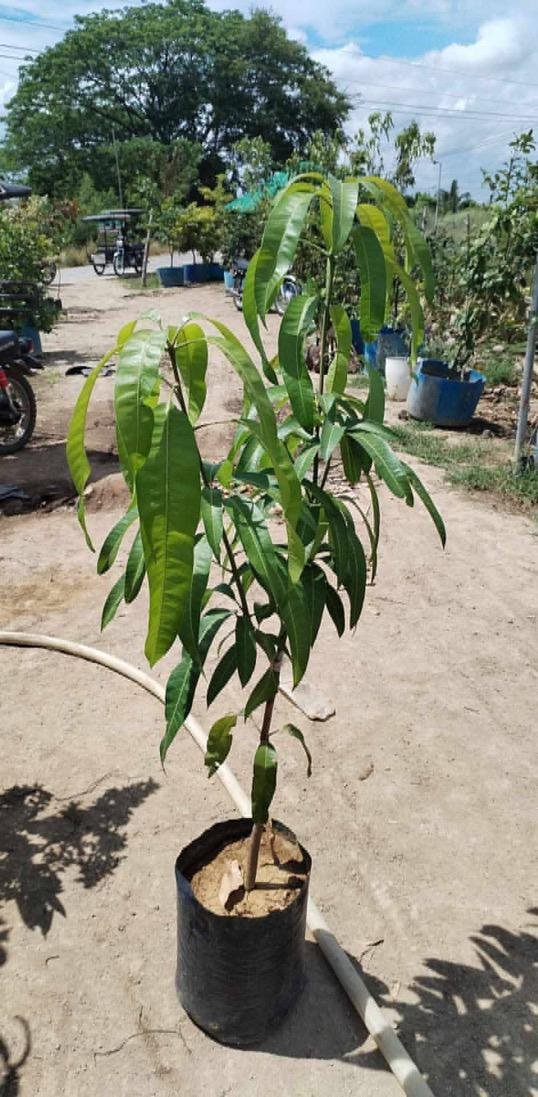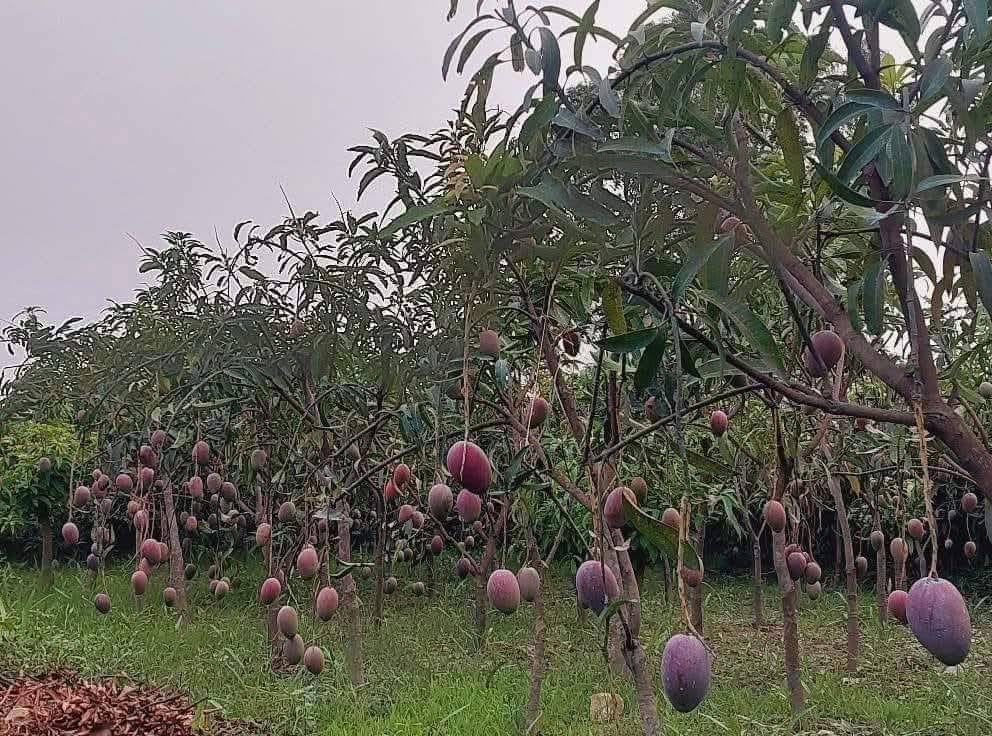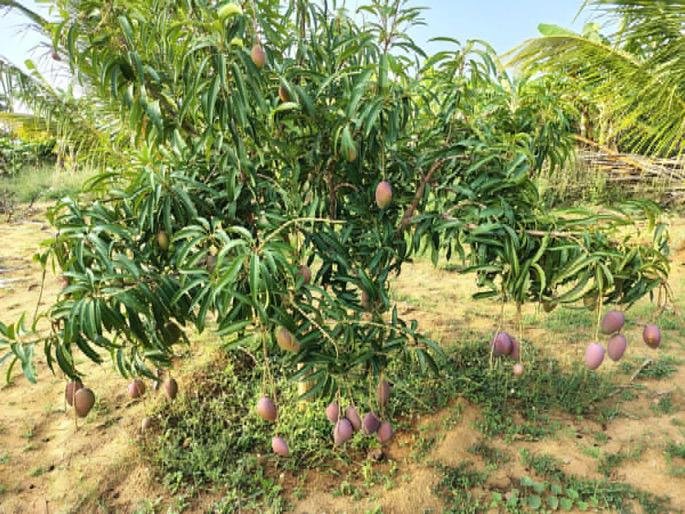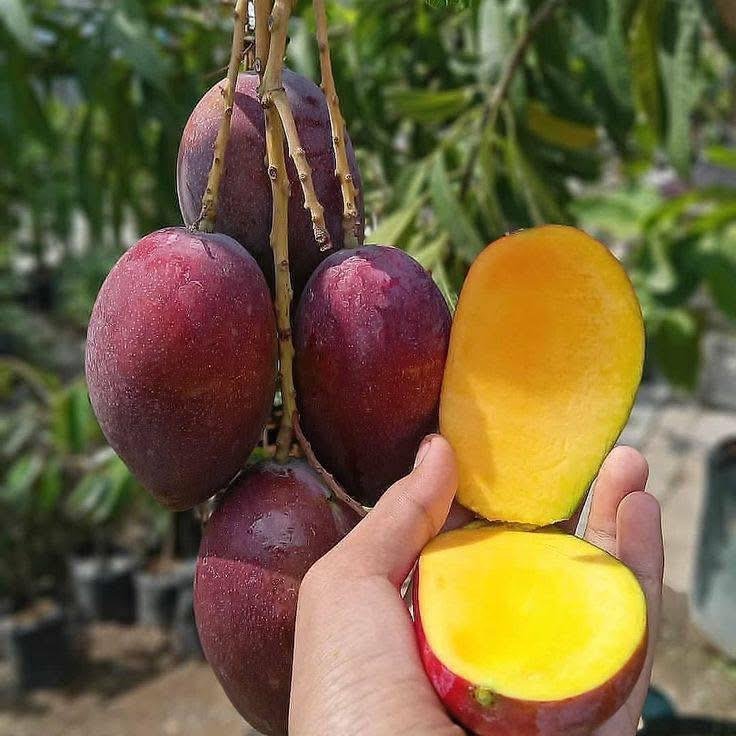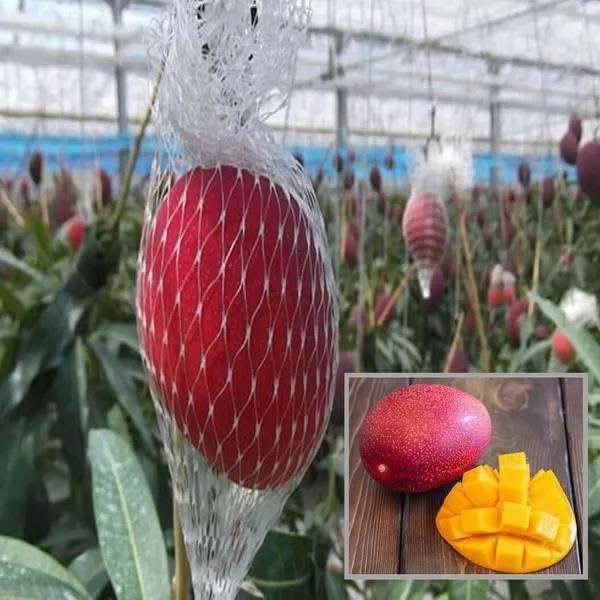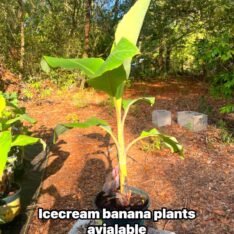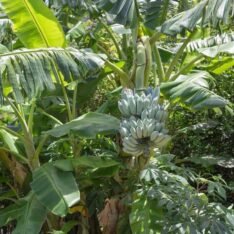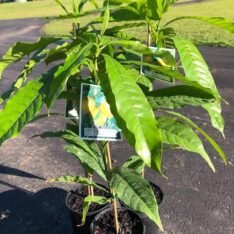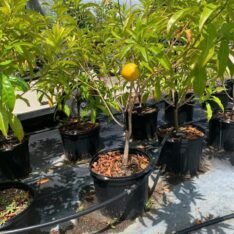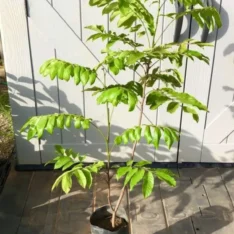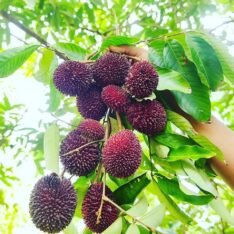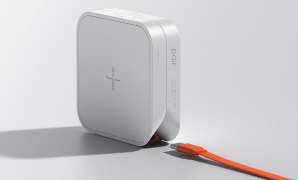The Golden Egg in Your Garden: Unlocking the Magic of Miyazaki Mango Grafted Plants
Imagine biting into a mango so decadent, so vibrantly red, and so luxuriously sweet that it sells for thousands of dollars per pair in Japan. Meet the Miyazaki mango, nicknamed the “Egg of the Sun” (Taiyō no Tamago). While you might not auction homegrown fruit for a down payment, grafted Miyazaki mango plants bring this Japanese treasure within reach. Let’s explore why this variety is revolutionizing backyard orchards—and how you can cultivate your own slice of luxury.
Why Grafted Miyazaki Mangoes? The Science of Sweetness
Grafting isn’t just horticultural jargon—it’s the secret behind authentic Miyazaki mangoes. Unlike seed-grown trees (which produce unpredictable “Frankenstein” fruit), grafted plants clone elite mother trees. Picture this: a hardy, disease-resistant rootstock (like Turpentine or Tommy Atkins) fused with a Miyazaki scion. This union guarantees:
-
True-to-type fruit: Exact replicas of the velvety, crimson-skinned originals.
-
Faster fruiting: Harvest in 2–3 years vs. 7+ years for seedlings.
-
Dwarf adaptability: Ideal for containers in non-tropical zones.
The Miyazaki strain (Irwin mango lineage) thrives in Japan’s Miyazaki Prefecture, where volcanic soil and ocean air create its signature balance of 15° Brix sweetness and floral notes. But thanks to grafting, this microclimate magic isn’t geography-locked anymore.
Japanese Miyazaki Mango Grafted Live Plant Details
Let’s demystify the superstar. Authentic grafted Miyazaki plants boast:
-
Fruit: 350–500g weight, fire-engine red skin, fiberless saffron flesh.
-
Tree: Compact (8–12 ft. when pruned), evergreen, and manageable for small spaces.
-
Unique traits: High beta-carotene (hence the color), thick skin that resists bruising, and a short peak season (May–July).
Beware of imitations! Only grafted plants from certified nurseries ensure genetic purity. The Japan Agricultural Cooperatives (JA Group) rigorously certifies authentic Miyazaki cultivars—look for their tags when buying.
Miyazaki Mango Grafting: Art Meets Agriculture
Grafting Miyazaki mangoes is like performing plant surgery:
-
Scion Selection: Twigs from high-yield, virus-free mother trees.
-
Method: Cleft grafting (most common) or side-veneer grafting for higher success rates.
-
Critical Tip: Graft in early summer when sap flow peaks.
Commercial growers, like Thailand’s Royal Project Foundation, use grafting to scale Miyazaki production while preserving flavor. For DIYers, practice on common mangoes first—Miyazaki scions are pricey!
Miyazaki Mango Grafted Plant Grow Guide
Climate & Soil:
-
Zones: Ground-plant in 10–11 (e.g., Florida, Southern California). Potted trees thrive indoors in cooler zones with grow lights.
-
Soil: Sandy loam (pH 5.5–7.5). Improve drainage with perlite to prevent root rot.
Care Routine:
-
Water: Deeply 2x/week in heat; reduce in winter.
-
Fertilizer: High-potassium blend (8-3-9) monthly during growing season.
-
Pruning: Open-center shape for sunlight penetration.
-
Pests: Neem oil for aphids; copper spray for anthracnose.
Crucial Insight: Miyazaki trees are sun worshippers. Less than 6 hours of direct light = bland fruit. For urban growers, reflective mulch boosts yield.
Miyazaki Mango Plant for Sale in USA
Finding genuine plants stateside requires diligence:
-
Online Nurseries: Everglades Farm (Florida) and Top Tropicals ship certified grafted plants. Expect to pay $80–$150 for a 2–3 ft. tree.
-
Red Flags: Sellers offering “seed-grown Miyazaki” or prices under $50—likely scams.
Pro Tip: Order in spring for acclimation pre-summer. Shipments from Hawaii (Plant It Hawaii) adapt well to coastal climates.
Buy Miyazaki Mango Tree Near Me
Local sourcing reduces transplant shock:
-
Tropical Fruits Delivery USA: Best Florida locations stock them seasonally.
-
Specialty Growers: Asian-owned nurseries (e.g., Kim’s Nature in Ontario) often carry exotic grafts.
-
Farmers’ Markets: California growers like FruitCrackers sell at SoCal markets.
Use social media groups (e.g., “Tropical Fruit Growers USA”) for hyperlocal leads.
Behind the Hype: Market Dynamics & Future Trends
Why does Miyazaki graft demand surge?
-
Social Media Influence: TikTok unboxings of ruby-red fruit fuel FOMO.
-
Health Trends: Its 3x-higher beta-carotene than carrots appeals to wellness crowds.
-
Climate Adaptation: Grafted dwarf varieties (e.g., Condo trees) enable patio growing in temperate zones.
However, challenges persist:
-
Fraud: Thai-grown “Miyazaki-style” fruit flood markets. Grafted plants mitigate this.
-
Pollination: Miyazaki trees are shy bearers. Hand-pollinate flowers using a soft brush.
Commercial growers (like Australia’s NT Farmers) now use Miyazaki rootstocks to graft other varieties—boosting disease resistance without compromising taste.
Final Thoughts: Is a Miyazaki Grafted Plant Right for You?
If you’re a patient gardener craving showstopping fruit, Miyazaki delivers. Yes, it demands sun, warmth, and vigilance against fungal foes. But the reward—a sunset-red mango melting on your tongue—justifies the labor. Start small: a potted grafted tree on a south-facing balcony. In 3 years, you might not rival Japanese auction prices, but you’ll taste royalty.
Additional Information
| Plant Age | Grafted Plant (1 Year old), Grafted Plant (2-3 Years old) |
|---|


